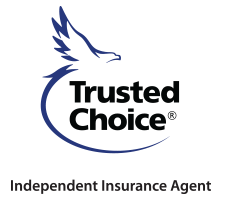
How Does Your Roof Age Affect Home Insurance?
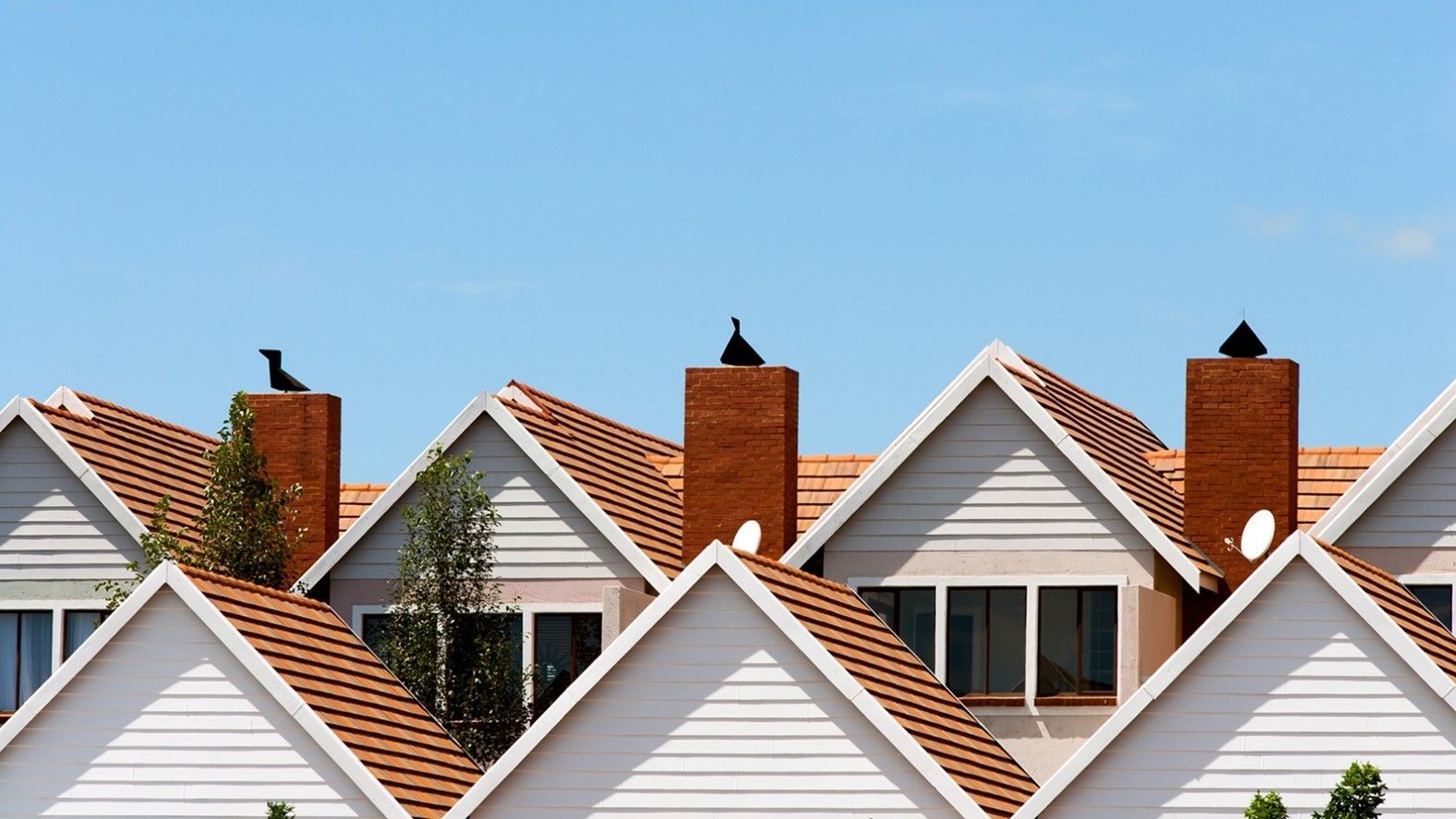
Your roof is the first line of defense between your home and environmental hazards such as hail, wind and more. It’s an important part of your home and is also very pricey to repair or replace. Because of this, a roof is a very important factor in determining your homeowner insurance rate.
Does the type of roof affect home insurance?
Where you live is a big factor in your homeowners insurance rate; but roof type, including the shape and material, also plays a part in your home insurance. A roof on the coast is more likely to be damaged by strong winds than a roof in a rural inland community – and a hip-shaped roof made of steel may be less risky to insure than a flat roof made of asphalt. Insurance providers take a lot into account when rating your risk and your roof can affect your coverage.
Can I get homeowners insurance with an old roof?
If your roof is old, getting standard home insurance coverage may be a little challenging, but don’t despair – there are options. Depending on your situation, your homeowners insurance may be written with actual cash value on the roof, rather than replacement cost. Your agent can show you how to best handle your roof’s insurance coverage situation.
Let’s dive deeper into the factors that may determine a roof insurability and how a roof can affect your insurance.
Roof factors that can affect your insurance:
Roof’s Age
Newer roofs typically get a lower rate. The older a roof, the more susceptible it becomes to damage – making it riskier to insure. Some older roofs, usually 20 years or older depending on material, may not even be eligible for homeowners insurance coverage at replacement cost. If you’re looking at an old roof and can’t replace it, talk with your agent about their recommendations. Your policy may be written on an actual cash value instead of replacement cost or your policy may be written with coverage for the roof excluded.
Condition of the Roof
Even newer roofs may not be in good condition if they have not been cared for properly. It’s your responsibility as a homeowner to fix any missing shingles, repair leaks, etc. to keep your roof in good shape. The condition of your roof may play a part in the insurance rate – so it’s best to keep it in tip top condition.
Roof’s Shape
The shape of your roof may or may not have an impact on your insurance, depending on your insurance carrier’s needs for their rating. It’s interesting to know that certain roof shapes can withstand windstorms better than others. The 3 main roof shapes are:
Hip roof
A hip roof is made with an incline on all four sides, so it slopes down. Insurance providers love this because it can take stronger winds than other roof shapes with less likelihood of damage. Because of this, hip roofs usually have lower premiums.
Gable roof
A gable roof is widely used in today’s homes. It has two slopes on each side but the roof line at the front and back of the house stops at a point. While they don’t typically hold water and debris, they are also susceptible to wind damage. In high-wind storms or during hurricanes, a gable roof is more likely to collapse or lift off the house.
Flat roof
Having no slope at all, a flat roof may pool water, which can cause damage to the roof in the long run.
Material of the Roof
Just a quick drive through your neighborhood will show you not all roofs are made the same. The material of the roof can play a part in determining its insurability because some materials are more durable (and more expensive to repair or replace) than others.
Here are some common roof materials:
Wood
Wood roofs are hard to insure because they are not fireproof unless a fire retardant has been applied. Wood shingles or shakes are typically the least favored by insurance companies and will typically add an additional surcharge to your premium.
Metal
A metal roof is the most durable and fire resistant of the roof types, making this a fan-favorite with most insurance providers.
Asphalt
Affordable, durable against most elements, and long-lasting, the asphalt roof is the most used roof material. A con to this popular roofing material is they may decay easier than metal or slate.
Slate or Tile
Similar to metal, slate or tile roofs are low maintenance and usually hold strong against rotting, insects and debris and fire; however, unlike a metal roof, slate and tile may be more prone to cracking.
Can you use home insurance for your roof?
If you’re hoping to use your homeowners insurance to get a new roof, you need to know how the coverage works before you get your hopes up. Your homeowners policy will detail the coverage you have for your roof, but typically a homeowners policy will cover repairing or replacing a roof only if the damage was done by a covered peril (such as a fire, hail, windstorm, etc.). If your roof is old and it’s time to get a new one, it’s your responsibility to handle it, and your home insurance will not cover it. Additionally, it’s your duty as a homeowner to take care of the roof and replace any decaying or damaged shingles.
Your roof is important. Make sure you have proper coverage by calling Lisa Broadbent Insurance at
(302) 731-0044 and discussing your homeowners insurance today!




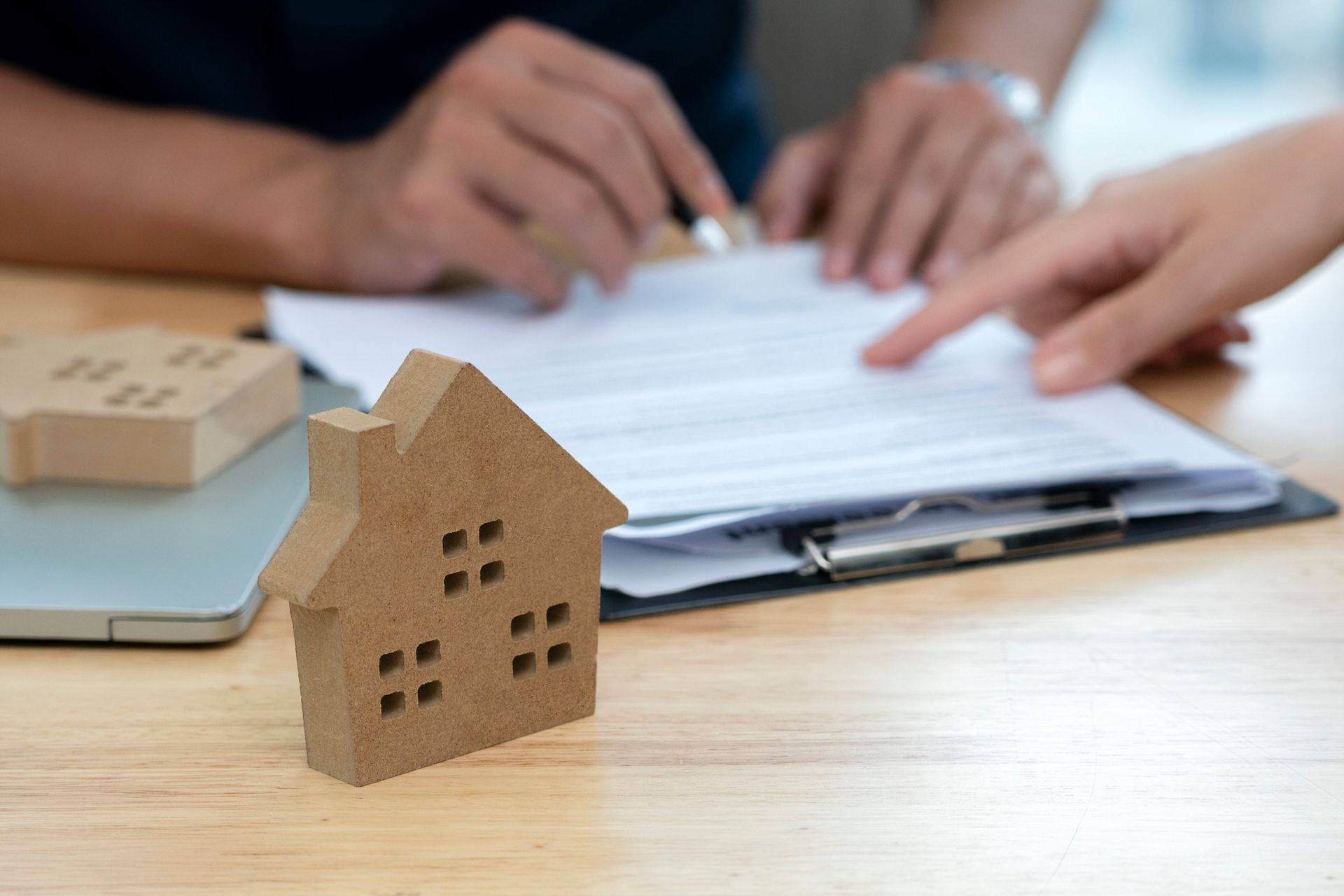

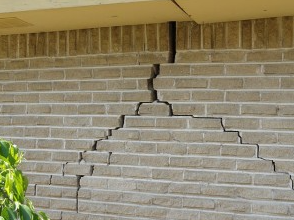

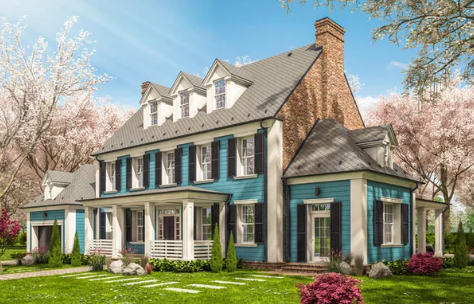


Contact Information
lisa@broadbentins.com
| Mon-Fri | 8:00 AM - 5:00 PM |
| Sat-Sun | Closed |
| Evenings and Weekends are by Appointment | |





Contact Us
Contact Us
We will get back to you as soon as possible.
Please try again later.
Browse Our Website
Contact Information
lisa@broadbentins.com
Hours Of Operation:
| Mon-Fri | 8:00 AM - 5:00 PM |
| Sat-Sun | Closed |
| Evenings and Weekends are by Appointment | |





Contact Us
Contact Us
We will get back to you as soon as possible.
Please try again later.
